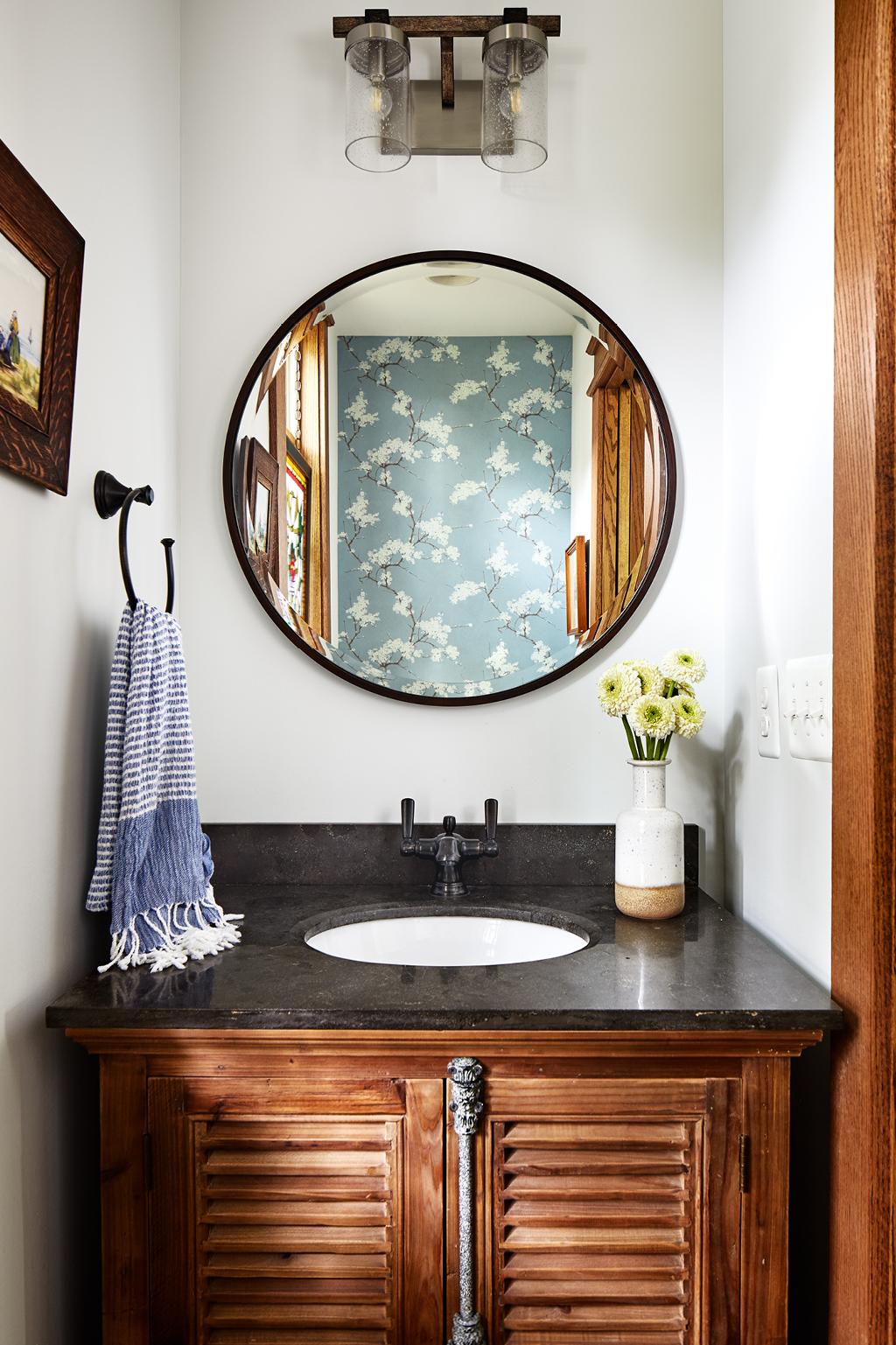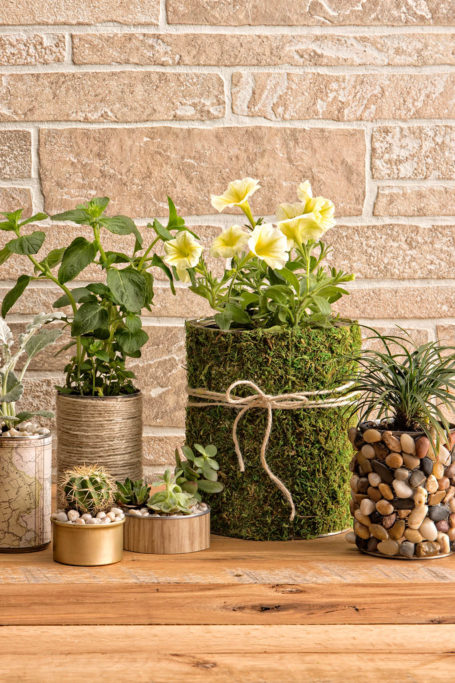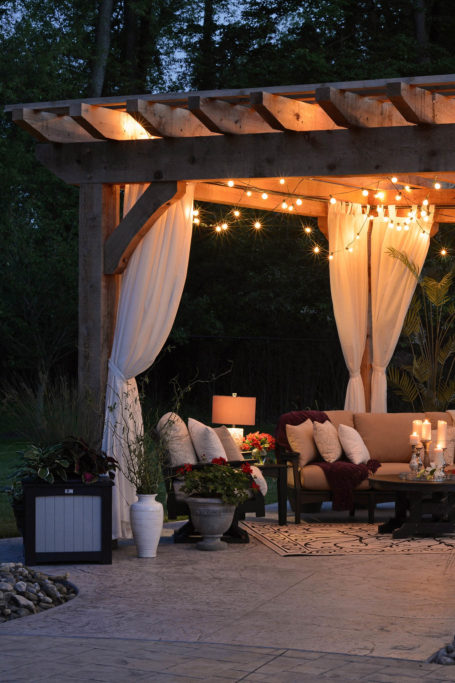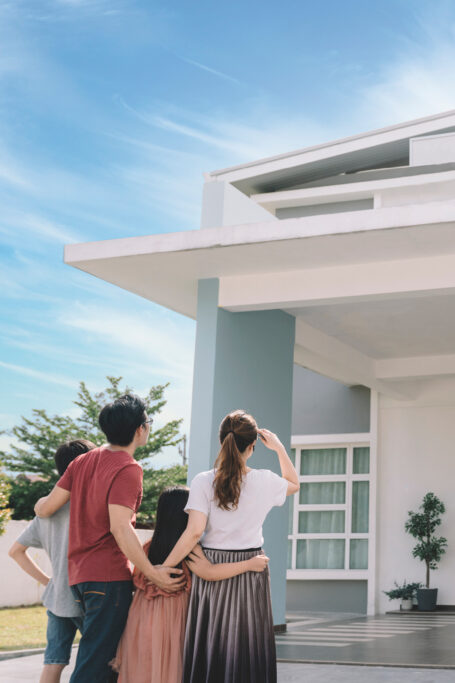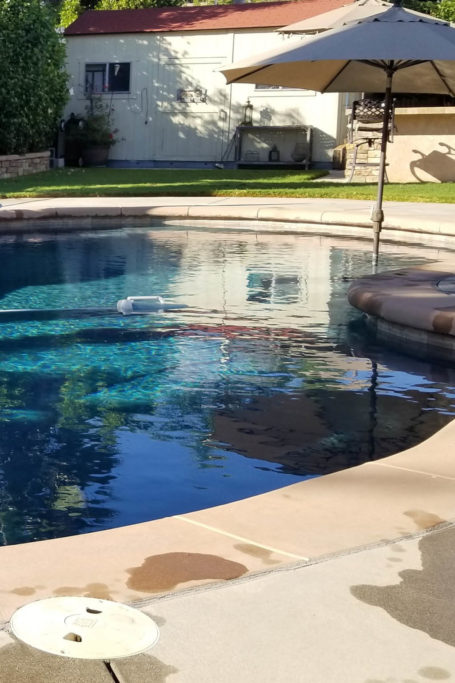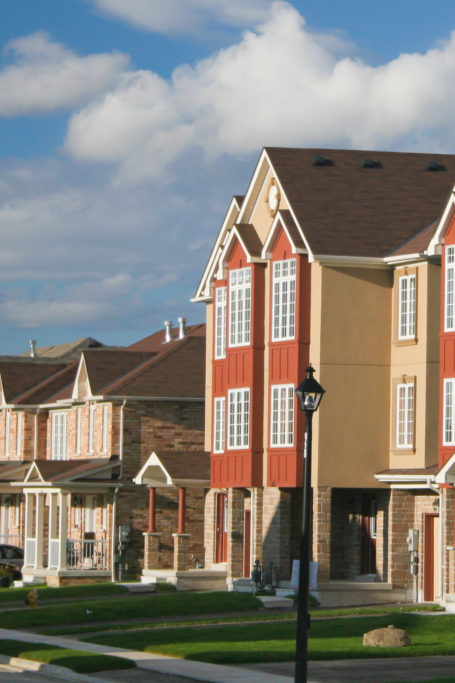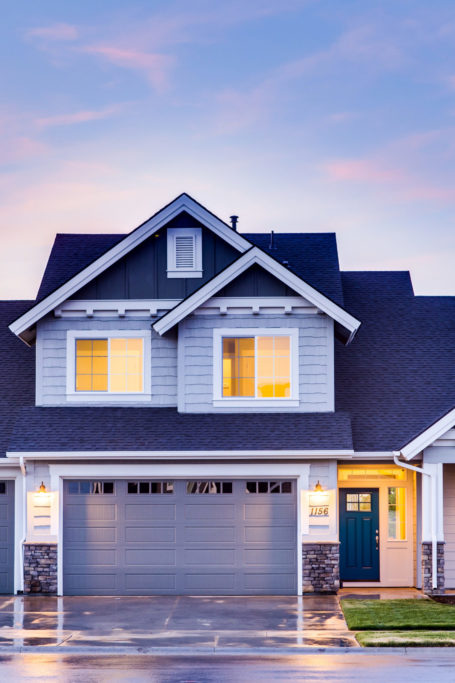A New Vision for Kitchens and Baths
Interview with Michael Winn
Photography by Stacy Zarin Goldberg
Kitchen and bathroom remodels are some the most desired updates for homeowners. Michael Winn, founder and president of Winn Design + Build, certainly knows the value these kinds of renovations can bring. Here he explains how his firm transforms the ordinary into extraordinary for clients.
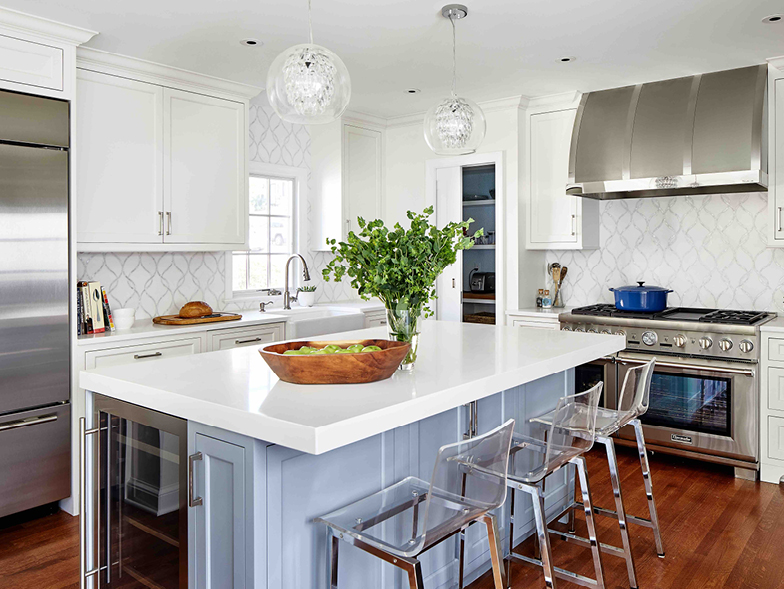
Tell us about the Winn Design team and how you all work together on projects:
Our business has been in operation for over twenty years. We’re a full-service design-and-build firm, and we have a team of architects, kitchen and bath designers, and interior designers in-house. In addition to that, we have field personnel like project managers and carpenters.
We specialize in large, whole-house renovations, major additions, and the occasional custom home. Almost all our projects include kitchen renovations and multiple bathroom renovations.
What does the planning process look like for a typical renovation or remodel?
Our clients typically reach out to us for our guidance and experience and to help them with the vision they have for their space. We always begin with what we call a programming meeting. The principal designer—usually a lead architect—sits down with the client to interview them. We ask them to provide us with their idea books, either from Houzz or Pinterest, and we’ll review them and then pull additional images that we curated. The main purpose of these meetings is to gauge what a successful project would look like for that client.
In the past few years, supply-chain issues have wreaked havoc on the construction industry. Have delays in materials affected the way you plan for new projects?
Sure they have. It’s probably less than more specialized firms, though, because we may spend six to eight months in preconstruction so we have a little bit more of a runway to work with. We’re having conversations with clients early on about lead times—primarily on windows and doors, cabinetry, and appliances, the three big areas of delay right now. In the case of cabinets, for example, our preferred cabinet manufacturer, Rutt, currently has a lead time of twenty-nine weeks. We’re in the business of managing expectations, so it’s all about being up front and having conversations early so there are no misunderstandings.
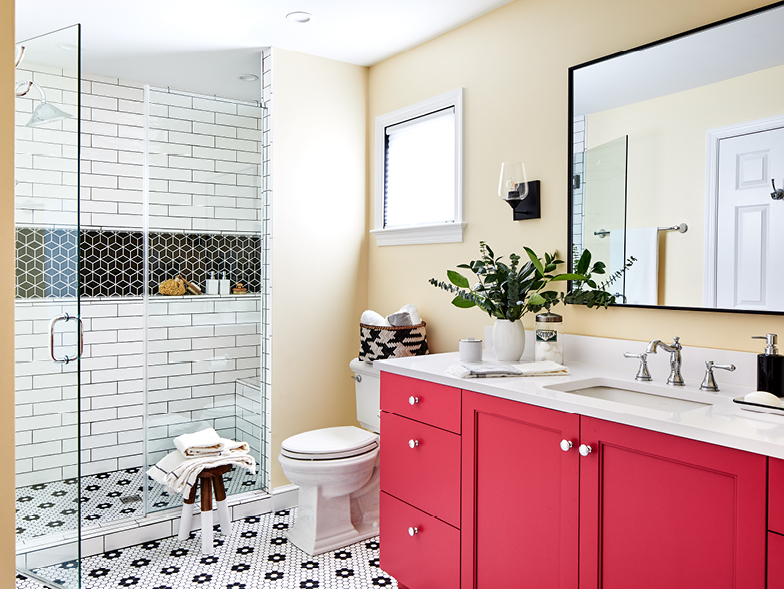
What are some of the most important considerations during a kitchen or bath remodel?
Early on in the process, one of the most important aspects is knowing what existing structural conditions we’re dealing with, such as the electrical, plumbing, and mechanical, because that will inform the process moving forward. Building something new is almost always easier.
If the bathroom or kitchen layout is changing, plumbing is a big one. We don’t always have a full understanding of what’s in the walls. We’ll do some deconstructive investigation, which is a fancy term for making holes, to get as much insight as possible on what’s in there. But you have to be prepared for Murphy’s Law and to make adjustments as necessary.
Are there any materials or design styles you avoid for kitchen and bath remodels because of the way these spaces are used?
Yes. A good example would be hardwood floors in the kitchen. From a functionality standpoint, hardwood floors aren’t necessarily the best option. In many cases, clients will go into it eyes wide open and make the decision for aesthetic purposes. So it’s more of a conversation with the homeowner than avoiding the material or design style they want.
Another good example is the recent trend to have solid surface backsplashes that wrap up behind the range. This is fantastic from a maintenance standpoint. Whenever I see a backsplash made from brick or stone, I think “What a nightmare that must be to clean!” So when a client has something they love, we talk through the pros and cons of that decision.
How do you handle a situation where a client is passionate about a design detail you don’t agree with or that you think won’t work well?
Whenever we’re looking at any kind of detail, we try to think about how it could potentially cause a problem later on. The reason builders tend to be slow to change is, as a whole, they’re very conservative and like to stick to what works. When new products come on the market, we don’t always know how they’ll perform, and sometimes they don’t end up performing as advertised.
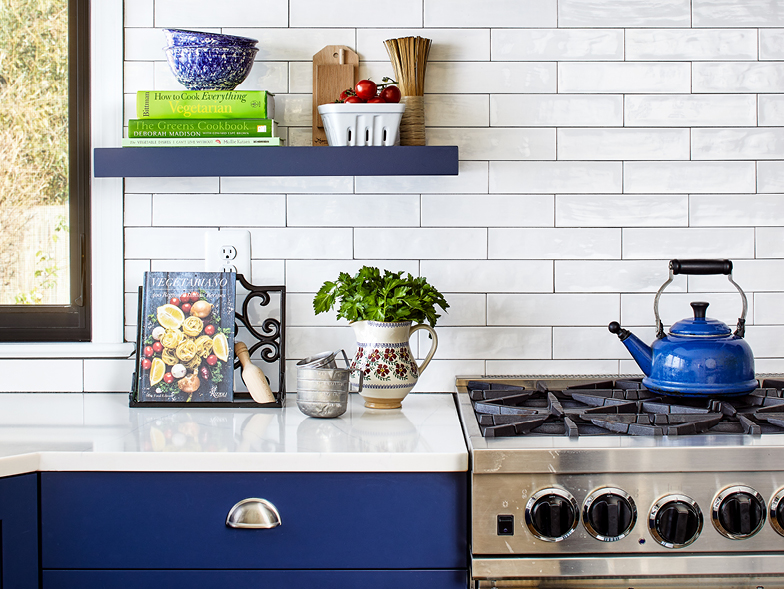
There seems to be a resurgence of dark colors in interior design. What tips do you have for people who want to remodel with trends in mind?
We’re seeing a lot of people gravitate toward warmer colors. White kitchens will always be popular. However, getting away from those softer palettes into darker ones is definitely coming back. We get clients who are worried about going too trendy with their kitchen or bath and that it will eventually look outdated. I always advise homeowners who will be in their home for ten years or more to think about what they want, not what the next owner would want. You’re doing this for yourself.
Are there any other trends for kitchens and baths that you’re seeing people gravitate toward?
Many people have a renewed interest in electric ranges. There are bad associations with electric cooktops. The old electric-resistance coils were a nightmare, but modern inductions are quite great. We’re also seeing a lot of statement-making ranges with other appliances hidden behind cabinet doors.
For the bathroom, we do electric-radiant heat in all our primary baths. It’s something I have in my own bathroom, and it’s one of those things that, once you have it, you’ll never go back. Americans also tend to be more reserved when talking about toilets, but we’re seeing a lot of interest in wall-mounted smart toilets that have been popular in places like Europe and Southeast Asia for decades. Kohler has a lot of interesting products with remote electric valves. We have been using them for ADA-compliant bathrooms because you can turn on the water remotely and ensure it’s at a safe temperature.
How much value can smart technology, such as the smart faucets you mentioned, add to a home? Is it always worth the investment?
One of the very first questions we ask a client is how long they plan to stay in their home. We are looking for clients who are undertaking a project for themselves and plan to be there for quite a while. In those cases, the ROI for installing mechanical systems that are efficient is higher than if you were flipping the house.
What are you most excited about for the future of the architecture and design spaces?
I’m always looking forward to innovative products and technology. It’s both exciting and scary, for some of the reasons I mentioned before. We are always excited to bring in new products, but in the back of our minds we have to think about what problems they could cause. I would only use new products from a big name brand. That being said, I don’t think every single thing in your home needs to have a Wi-Fi connection.
For more info, visit winndesign.com.
